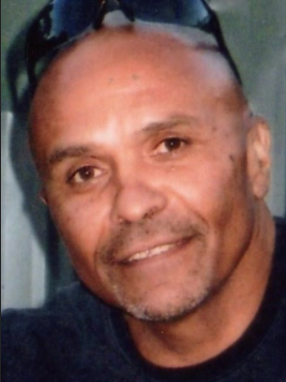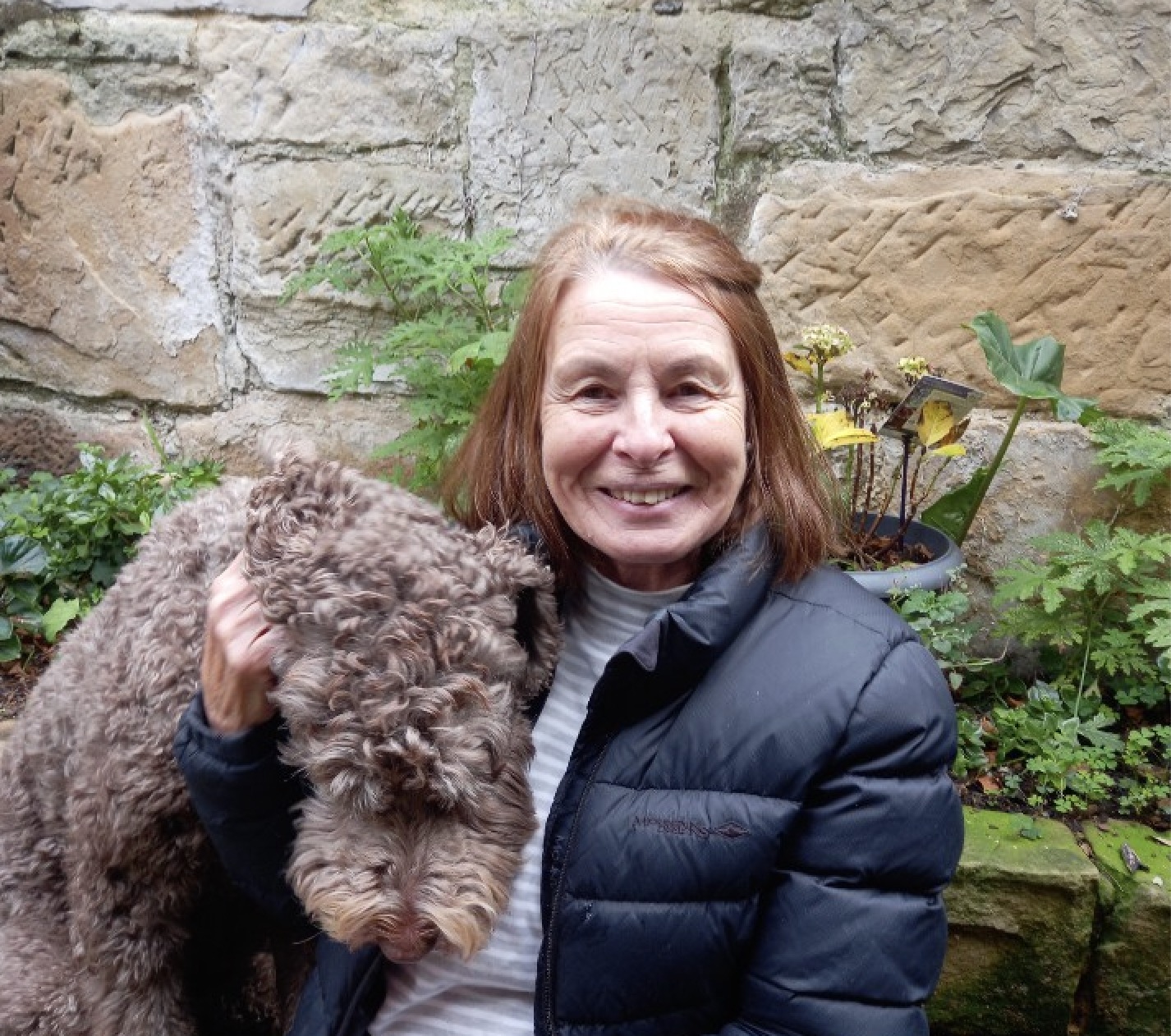Andrew L. Urban
With a combination of incompetence and unethical behaviour, the legal system has utterly failed to deliver justice and to correct its mistakes in these three examples of wrongful murder convictions, according to our investigations.
The legal system in three jurisdictions – South Australia (Derek Bromley), Tasmania (Sue Neill-Fraser) and NSW (Robert Xie) – is harbouring what we regard as clear examples of wrongful murder convictions. These three examples are not the only wrongful convictions in Australia by a long shot. We have also investigated cases involving sexual assault where the men wrongfully convicted also suffer from the failures of a legal system that is long overdue for reform.
We focus here on three murder cases which we regard as unsolved but were closed by unsafe convictions, to underline how the most serious crime is not met with the most serious and justice focused attention by the senior ranks of the legal profession – including some on the bench. There are notable exceptions, of course, and I am proud to work with some of them.
Our investigations showed that some members of the police have also played a role in the perversion of justice, notably in the cases of Sue Neill-Fraser and Robert Xie. For much greater detail, please refer to the many reports on these three cases via the links on the right hand side of this page. Below are brief summaries, showing why we believe them to be wrongful convictions – and why they discredit the legal profession.

Derek Bromley (2009)
DEREK BROMLEY – South Australia
convicted in 1984 of the murder of Stephen Docoza
Granting Derek Bromley’s bail application on March 27, 2024, 40 years after his 1984 murder conviction, parole board chair Frances Nelson KC commented: “He continues to maintain his innocence. He’s entitled to do that, it’s not for us to retry the issue.” Nor was it for South Australia’s appeal court to do to retry the issue, but they did in June 2018 – flouting the law, according to legal academics.
The State’s forensic pathologist, Dr Colin Manock, was not qualified to do autopsies or to give expert evidence in court, so the entirety of his evidence was inadmissible – in this and all of the other 400 criminal cases he appeared in.
Where evidence is wrongly admitted at trial, if there is a reasonable likelihood that it MAY have influenced the jury in arriving at their verdict, then the conviction MUST be set aside.
There were three of Australia’s leading experts (including the Crown’s own expert) who stated that Dr Manock’s evidence and conclusions were manifestly in error. They stated that he did not know how to diagnose a death by drowning. In the case of a body in an advanced state of putrefaction, it would have been impossible to distinguish injuries from putrefactive changes. It would be impossible to time when injuries or putrefactive changes occurred. They could all have occurred in the post-mortem period. There was NO evidence of a homicidal assault.
Two of those experts gave similar evidence about Dr Manock’s errors in his diagnosis of drowning in the case of Henry Keogh. The court accepted that there was no evidence there of any homicidal assault, contrary to Manock’s evidence at trial. There was no evidence to exclude a death by accident or natural causes. So why did Keogh get his conviction overturned – and Bromley get a refusal of leave to appeal, when there was no significant distinction between the nature and quality of the expert evidence in both cases?

Sue Neill-Fraser (with family dog Archie)
SUE NEILL-FRASER – Tasmania
convicted in 2010 of the 2009 murder of Bob Chappell
Chappell’s body has never been found. The murder weapon – supposedly a heavy wrench – was invented by the Tasmanian Director of Public Prosecutions near the end of her trial. There was no such wrench; in fact no murder weapon was presented as an exhibit to the court. There were no eye witnesses.
Justice Blow referred to the imaginary wrench several times in his summing up to the jury.
The prosecution also speculated how Sue Neill-Fraser moved the body (said to weigh 64 kilos) from below decks, up two flights of stairs, then up over the hand railing and over the side, into the bobbing dinghy, with a fire extinguisher attached. And then dumped the body from the dinghy further along the Derwent River. Alone. In the dark of night.
Dr Robert N. Moles, former Associate Professor of Law, has investigated alleged miscarriages of justice for 25 years, and is the author of Forensic Investigations and Miscarriages of Justice, (Irwin Law, Toronto, 2010): “In the book, I set out the law on miscarriages of justice in Australia. I can say with confidence that the conviction of Sue Neill-Fraser does not comply with the Australian law on this topic.
A judge of the Supreme Court of Canada in reference to that book stated that it highlighted common causes of wrongful convictions. The first one he mentioned was the use of preliminary screening tests as if they were confirmatory. This was exactly the error which was occurring in the trial of Sue Neill-Fraser at that time.
“The correct approach,” comments Dr Moles, “would be to say that certain logical inferences can be derived from the evidence, that they are consistent with the guilt of the accused and not consistent with the involvement of any other person. This case does not come close to complying with those basic rational requirements.”
The prosecutor called DNA found at the scene a red herring. It didn’t incriminate the accused. It was matched with a then homeless 15 year old girl, who told the court she was on board the yacht when Chappell was bashed by two males accompanying her. She said the accused was not there. The police and the prosecution at the appeal discredited her at every opportunity.
The prosecutor referred to Neill-Fraser’s concern about the boat being
previously used for drug smuggling as absurd. He failed to mention that the Federal Police had established programs costing millions of dollars to try to intercept boats engaged in those activities for many years. The jury was clearly misinformed on this key issue.
ROBERT XIE – convicted in 2017 of the 2009 murder of five members of his wife’s family, the Lins.
Robert Xie spent four years and seven months incarcerated without a conviction. He was finally convicted after a hung jury in his third trial triggered a fourth trial in 2016/17. He was sentenced to life imprisonment.
The prosecution claimed that Robert Xie committed the murders between about 2am and 5.30am on July 18, 2009 – not because they had the evidence, but because there were no real clues and that was the only time frame they could attack his alibi after 2am. In other words, his conviction rests entirely on a contested alibi. His alibi is underpinned by three significant factors: 1) his wife’s sworn testimony in support; 2) the flimsy, unreliable testimony and contestable covert audio recording by a prison snitch in collaboration with police and 3) the savage injuries inflicted upon all five family members, including his two much loved young nephews under 13.
His alibi is not negated by the Crown and therefore any circumstantial evidence was irrelevant. There was no direct evidence. The jury’s verdict is irrational and unreasonable. It came after directions from the trial judge which impermissibly embedded the Crown case.
“From a forensic psychological perspective, it is apparent that whoever killed the victims and bashed the faces of the two adult victims so severely that their facial features were reduced to a bloodied mess of bones, skin and muscle was intent on ‘leaving a message’ or was a psychopath. There is not scintilla of evidence that Mr Xie was a psychopath.”

My view for.Robert Xie’s case, it’s highly possible that the police investigate team cooked case. If there is a law that can force police investigate team be handed out their minutes, their logs, I am sure the case against Mr Robert Xie will be collapse immediately.
I agree
Would Robert Xie be able to lodge an FOI request for all Police documents and forensic reports in relation to his case? State and Federal and agencies if appropriate?
I am not legally qualified to respond but I think it may be too late for that…if it wasn’t done at trial. His lawyer/s should have the answer.
I agree with Roscoes comments his comments about the prosecution not only speculated how Sue Neill-Fraser moved the body (said to weigh 64 kilos) from below decks, up two flights of stairs, then up over the hand railing and over the side, into the bobbing dinghy.
That any jury of reasonable people could accept a 80kg rugby player may have perhaps been able to move the body but it was more than speculative it entered into the realms of the absolute possibility that the jury consisted of folks that just got on board with whatever the prosecution said.
This prosecution fantasy was embraced by the jury without any questions to the judge.
Worst jury ever.
Worst jury ever? Well, equal worst with several others, including the jusry that found Robert Xie guilty of the Lin family murders. Mind you, they had the help of police, the prosecution and even the judge…
This is somewhat reminiscent of the Lindy Chamberlain case. The prosecution said she left the barbecue, put the older child to bed in the tent, took the baby to the passenger seat of the car, cut the baby’s throat which led to ‘arterial sprays of foetal blood’. She then put the baby’s body in a camera case and then hid it so carefully it was never found. She then managed to clean up the car – and herself – removing all traces of blood from her body and her clothing. She then arrived back at the barbecue 8 minutes later, calm composed and inquired only about how the sausages were coming along
It is clear that a trained assassin could not have accomplished such a feat, let alone a person (a woman) who was never known to have engaged in violent acts. The scenario proposed by the prosecution was so contrary to human experience it should never have been proposed. As it turned out there was not a scrap of evidence to support this fantasy. The Royal Commission subsequently found that all of the evidence given at the trial was either wrong or exaggerated to unfairly favour the prosecution case.
It reminds me of the 3,000 women who were strangled and burned on the forecourt of Edinburgh Castle. The Scottish Government has just apologised to all of them because there wasn’t any evidence to support those cases either. When will we ever learn?
It seems we’ll never learn, Bob. Or should we say ‘they’ will never lean, meaning the legal system.
“The prosecution also speculated how Sue Neill-Fraser moved the body (said to weigh 64 kilos) from below decks, up two flights of stairs, then up over the hand railing and over the side, into the bobbing dinghy, with a fire extinguisher attached. And then dumped the body from the dinghy further along the Derwent River. Alone. In the dark of night”.
I am confused with the aforementioned hypothesis. Was there a Court enactment on board the boat with the Jury present? That is, did the Jury observe the Prosecution Case of such activities that SNF performed with a similar person of body weight, performing the tasks stated in the case that led to her conviction?
The then slender (SNF) woman in fact moved a 64 kilo man up the stairs and then tipped him overboard with an equally heavy fire extinguisher?
I look forward to seeing the video demonstrating the Herculean effort that the Prosecution claimed that SNF performed.